Cannabinoid THC Dominant
THC 20.6 - 22.1%
CBD 0.28 - 0.57%
Effect Sleepy
Side Effect Thirst and dry mouth
Flavor Earthy
Purple Afghani Strain Is Too Potent to Smoke During Daytime (Challenge Acсepted!)
THC
CBD
Potency
The Purple Afghani strain is an Indica-dominant hybrid bred by crossing the genetics of Purple Kush and Afghani. Its THC content is known to reach 20.6-22.1% levels, while CBD concentration is low – just 0.28-0.57%. The cannabinoid profile includes a good combination of compounds:
- CBC 0.2-0.88%
- CBG 0.38-1%
- CBN 0.16-0.34%
- THCV 0.23-1.07%
It is typical marijuana for people who like “Purple” strains. It offers a classic high and is preferred by expert smokers.
Dominant Terpenes and Main Aromas
When you smoke the Purple Afghani weed strain, expect a strong skunk odor with earthy notes since the cultivar is a descendent of the Afghani landrace. Terpenes that give these scents are limonene and pinene. Myrcene blends in a sweet berry aroma, which decreases pungency and makes the smell appealing to new users. The tastes are similar to the smells, with savory notes on exhale.
Properties and Medical Effects of the Purple Afghani Strain
After smoking the Purple Afghani strain, the high you get is relaxing for both mind and body, so you can count on this cannabis to bring you to sleep and calm euphoria. It puts a smile on smokers’ faces and lifts their moods. A mellow body buzz is paired well with tingling sensations. Also, the strain causes severe food cravings that are hard to beat.
Due to its relaxing properties and high THC levels, the kush might help people who suffer from:
- Stress
- Migraines
- Insomnia
- Anxiety
- Lack of appetite
- Post-traumatic stress disorder
- Pain
- Arthritis
Smoking too much of this weed may result in potential side effects:
- Thirst and dry mouth
- Dry eyes
- Drowsiness
- Headache
- Paranoia
- Dizziness
- Rapid heartbeat
Tips for Gardeners
Purple Afghani is popular in Colorado and can easily be found on the West Coast, while the seeds are difficult to obtain on the East Coast. Overall, the plants are strong and stout and considered a good option for home gardens. They thrive inside and outside, reaching maturity during their flowering phase in 58-65 days. The leaves are dark purple, and the flowers emit a gentle aroma. To encourage your plants to produce more pigment responsible for the purple color, you should expose them to lower temperatures.
Luckily for gardeners, the plant is resistant to common cannabis diseases and pests. The plants reach 60’’-80’’ in height and require regular trimming. The crops are anticipated in 71 days. Indoor plants reward cultivators with 1-2 oz./ft2. Outdoor yields amount to 10-15 oz./plant.
Side Effects
Simply let us know how this strain tastes or write a detailed review.
Purple Afghani Strain Cannabinoids
| THC | Tetrahydrocannabinol, or THC, is a major cannabis chemical compound. It is a psychoactive element that stimulates dopamine release and induces euphoria or happiness. THC-rich strains may be helpful with such conditions as lack of appetite, chronic pains , etc. It is considered to be the primary active marijuana component. | 20.6 - 22.1% |
| CBD | Cannabidiol, or CBD, is a major compound in cannabis, which is non-psychoactive. It is also proved to counteract the side effects of the second major component THC. CBD is widely used for medicinal purposes in rubs, oils and so on. It is helpful in muscle pain cases, may treat arthritis and migraines. Even Greeks used it against pain, while Queen Victoria applied it to get rid of menstrual cramps. | 0.28 - 0.57% |
| CBC | Cannabichromene, or CBC, is a minor cannabinoid, meaning that its quantity in cannabis is quite little. Though it has the same origin as CBD and THC, it is different in functions. Without any psychoactive effects, it is an efficient cannabis compound in combating acne and depression. CBC produces analgesic, antibacterial and anti-inflammatory effects. | 0.2 - 0.88% |
| CBG | Cannabigerol, or CBG, is one of the minor cannabis compounds in adult plants. On the other hand, young ones contain a lot of this antibacterial and anti-inflammatory component. During the growth, CBG is converted into different cannabinoids, mostly THC and CBD. The compound itself increases appetite and decreases eye pressure. | 0.38 - 1% |
| CBN | Cannabinol, or CBN, is a trace element in cannabis that is considered to be mildly psychoactive. It appears from oxidation THC, exposed to light and heat. CBN is mostly contained in old cannabis and in traditional hashish. It is effective against insomnia, bacterial infections and appetite loss. | 0.16 - 0.34% |
| THCV | Tetrahydrocannabivarin, or THC-V, is a compound contained in cannabis in trace amounts. Even though it is close to THC molecularly, it is different in effects. This compound may be psychoactive only in large amounts. THC-V reduces blood sugar, controls appetite, stimulates bone growth, etc. African Sativa strains are the richest in THC-V. | 0.23 - 1.07% |
Purple Afghani Terpene Profile
| Pinene | Pinene is one of the most widespread terpenes in nature, found in pine trees, basil, nutmeg, parsley, and rosemary. Cannabis containing terpene (alpha-pinene or α-pinene) boasts a strong pine scent. Pinene is responsible for anti-inflammatory, pain-relieving, and anti-anxiety effects. | 0.13% |
| Myrcene | Myrcene (also known as β-myrcene) is one of the most common terpenes found in cannabis, representing more than 20% of the modern marijuana terpene profile. Myrcene has a distinct earthy, musky flavor, resembling cloves. It is responsible for calming and soothing effects of weed. Myrcene is also found in hops, thyme, mango, lemongrass, guava melon. | 0.21% |
| Ocimene | Ocimene (derived from the Ancient Greek word Ocimum meaning basil) is a terpene with sweet and herbaceous flavors, also boasting citrusy and woody undertones. Naturally, ocimene occurs in mint, parsley, orchids, hops, kumquats, mangoes, basil, bergamot, lavender, and pepper. Offers antifungal, anti-inflammatory, and antiviral properties. | 0.07% |
| Camphene | Camphene is terpene common for carrots, pepper, dill, fennel, nutmeg, thyme, as well as other fruits and vegetables. Camphene has a damp, pungent, herbal, minty aroma with pine undertones. In cannabis, mostly found in Indica strains. Camphene causes cooling sensations, having anti-inflammatory, antibiotic, antioxidant, analgesic, and antifungal effects. | 0.13% |
| Humulene | Humulene (also known as α-humulene) is one of the major terpenes found in cannabis, contributing to woody, earthy, spicy, herbaceous, and, mainly, floral aromas of cannabis. Used in modern medicine, humulene offers anti-inflammatory, antibacterial, and appetite suppressant effects, which have been well-researched by pharmaceutical companies. | 0.04% |
| Limonene | Limonene (also known as d-limonene) is the second most common terpene in nature and the third most common terpene in cannabis. It has a powerful citrus aroma and can be found in all citruses, including lemons, oranges, grapefruits, limes, juniper, etc. Limonene is known to elevate moods and provide anxiety, depression, and stress relief. | 0.15% |
| Linalool | Linalool (also known as beta linalool, linalyl alcohol, linaloyl oxide, and p-linalool) is one of the rarest terpenes found in cannabis, mostly in small quantities. Linalool is known for its spicy and lavender aroma, bringing relaxation and calming effects. It is also said to provide anti-inflammatory and analgesic properties that can be useful for athletes. | 0.13% |
| Terpinolene | Terpinolene is one of the most common terpenes found in cannabis; however, It's usually presented in small quantities. Is responsible for piney, floral, herbaceous, and even a little bit citrusy aroma of cannabis. Terpinolene can be found in lilacs, nutmeg, and cumin. In cannabis, terpinolene contributes to the sensation of "freshness." Has the potential to reduce the risk of heart diseases. | 0.01% |
| Caryophyllene | Caryophyllene (also known as beta or b caryophyllene) is a terpene found in many herbs and spices, such as black pepper, basil, rosemary, and oregano. Cannabis high in caryophyllene delivers a strong spicy, peppery aroma, resembling cinnamon and cloves. Caryophyllene offers potent anti-inflammatory and sedative effects. | 0.12% |
| Total terpenes content | 0.99% |
Growing Info
Purple Afghani strain lineage
Similar Strains
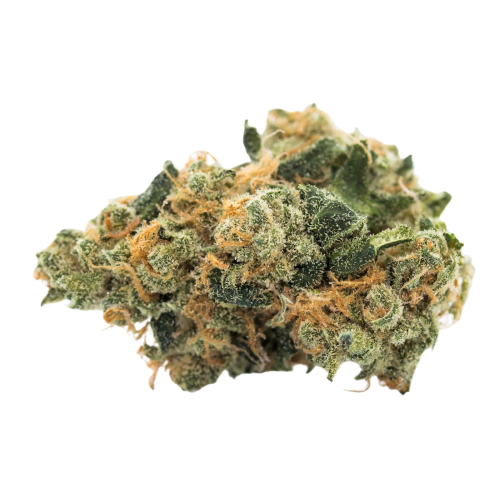
THC 10.6 - 16.2%
CBD 0.02 - 0.29%
Effect Tingly
Flavor Pear
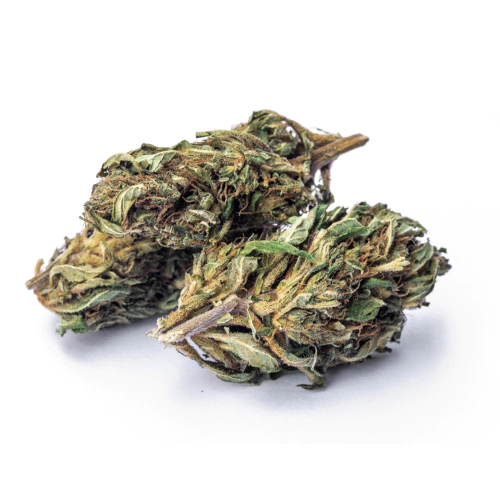
THC 20.83 - 23%
CBD 0.37 - 0.7%
Effect Relaxed
Flavor Earthy
THC 22 - 25.33%
CBD 0.44 - 0.75%
Effect Euphoric
Flavor Spicyherbal
THC 15.17 - 17.67%
CBD 0.41 - 0.64%
Effect Happy
Flavor Citrus
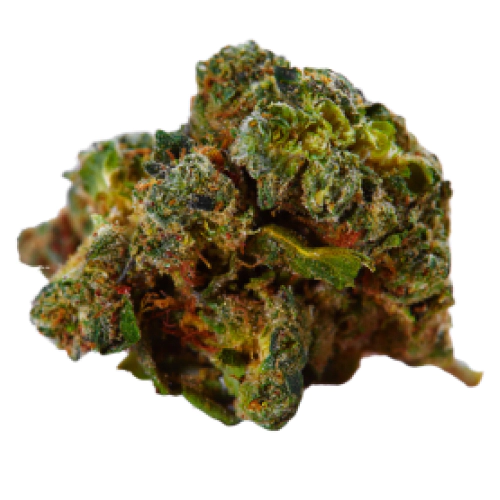
THC 19 - 22.5%
CBD 1.04 - 1.18%
Effect Uplifted
Flavor Lemon
THC 17.99 - 18.01%
CBD 0.55 - 0.8%
Effect Relaxed
Flavor Berry
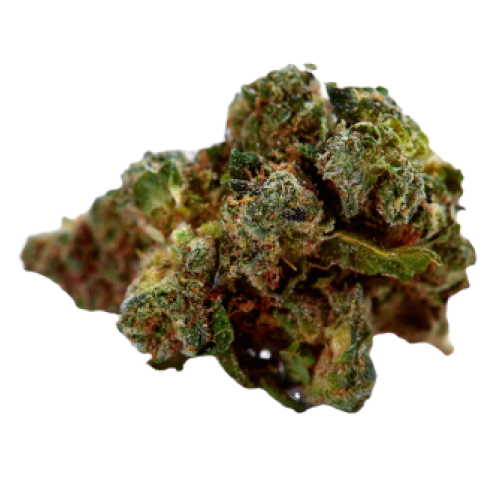
THC 22.25 - 24.25%
CBD 0.46 - 0.76%
Effect Relaxed
Flavor Grape
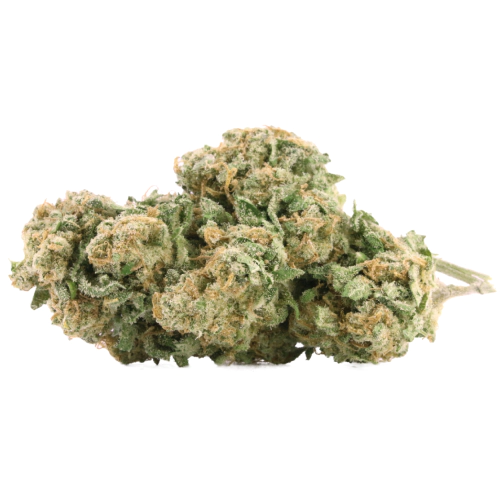
THC 23.76 - 25.76%
CBD 0.41 - 5.74%
Effect Relaxed
Flavor Citrus
THC 18.67 - 22%
CBD 0.62 - 0.91%
Effect Tingly
Flavor Lemon
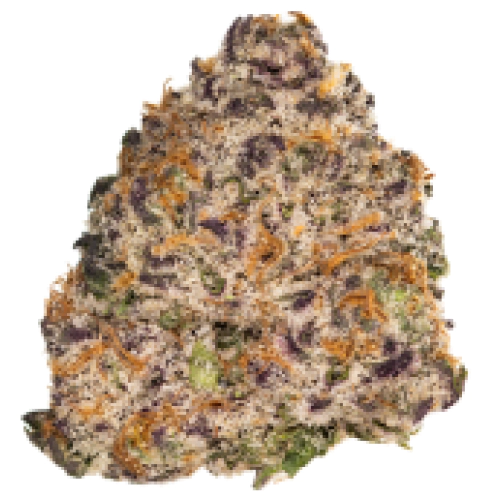
THC 19 - 21.5%
CBD 0.16 - 0.41%
Effect Relaxed
Flavor Diesel
THC 17 - 19%
CBD 3.23 - 3.64%
Effect Relaxed
Flavor Lemon

THC 17 - 21.5%
CBD 0.57 - 0.88%
Effect Happy
Flavor Sweet
THC 19.2 - 23%
CBD 0.54 - 0.88%
Effect Relaxed
Flavor Pineapple

THC 21.4 - 23.8%
CBD 0.67 - 0.91%
Effect Euphoric
Flavor Earthy
THC 25 - 28.5%
CBD 0.52 - 0.68%
Effect Sleepy
Flavor Sweet
THC 20.5 - 23.5%
CBD 0.34 - 0.73%
Effect Euphoric
Flavor Spicyherbal
THC 9 - 13.5%
CBD 0.01 - 0.07%
Effect Tingly
Flavor Plum
THC 17 - 21%
CBD 0.54 - 0.75%
Effect Calm
Flavor Spicyherbal
THC 19.5 - 23%
CBD 0.22 - 6%
Effect Concentrated
Flavor Tropical
THC 6.5 - 9.5%
CBD 0.02 - 0.19%
Effect Uplifted
Flavor Lemon
THC 15 - 16%
CBD 0.45 - 0.73%
Effect Talkative
Flavor Menthol
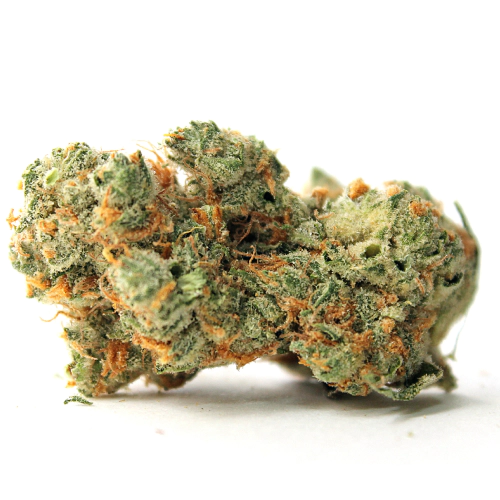

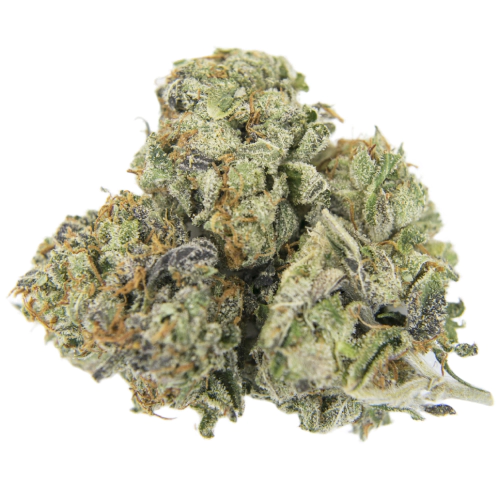

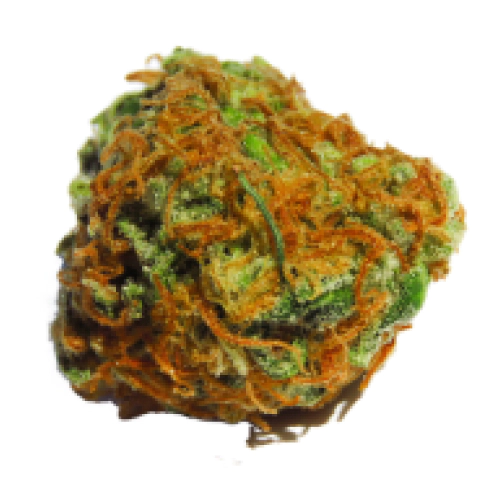
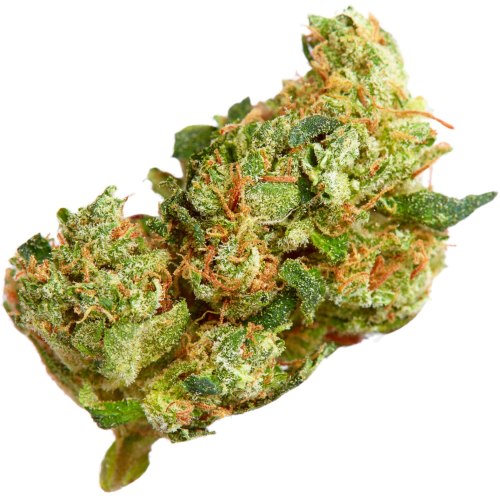
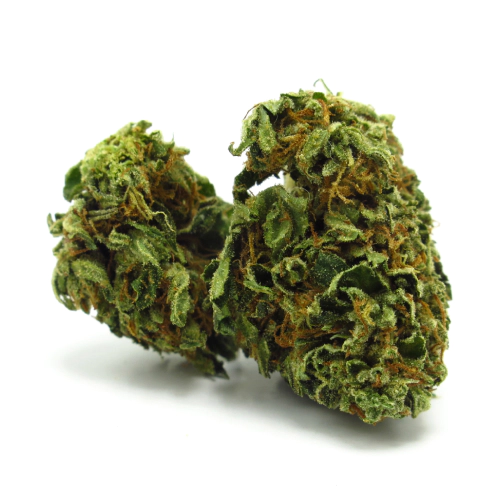

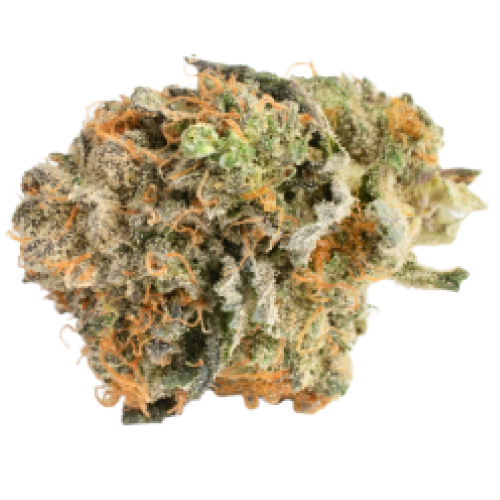
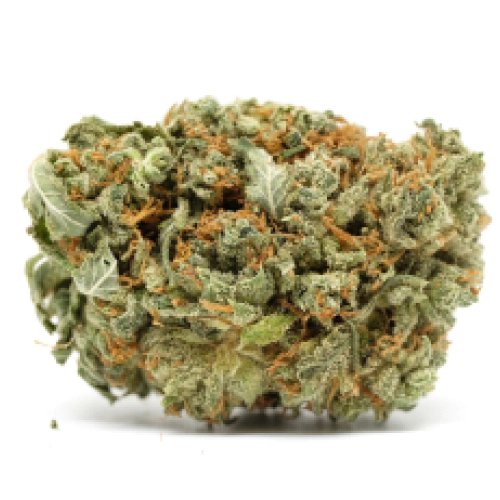


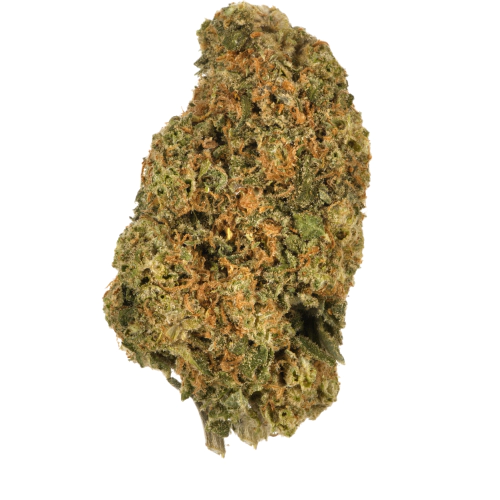

User Reviews 7
i got tingling sensations in my limbs and head, but that was pretty nice
when vaped it has a noticeable berry flavor
I LOOOve it. When Im back from work I try it and it kicks me back
I was not going to review this strain, but Im a fan of Afghani landrace. The smell is eathy, floral, woody... Breeds with 19-22% thc. This Indica makes me unplifted and relaxed but when these effects melt away, it makes me hit the bed at a high speed lol
it starts with happy and euphoric vibes and ends in an actual high turning me into a sociable and carefree guy. No drowsiness.
one real bad thing about it is dry mouth. so get some ice water but no sugar-filled drinks
I wouldnt recommend usnig it while youre on a diet cause it did make me eat all food in the fridge and order some more in. But Ive addicted to this pot... do you know guys how to stop these munchies?
Write a Review